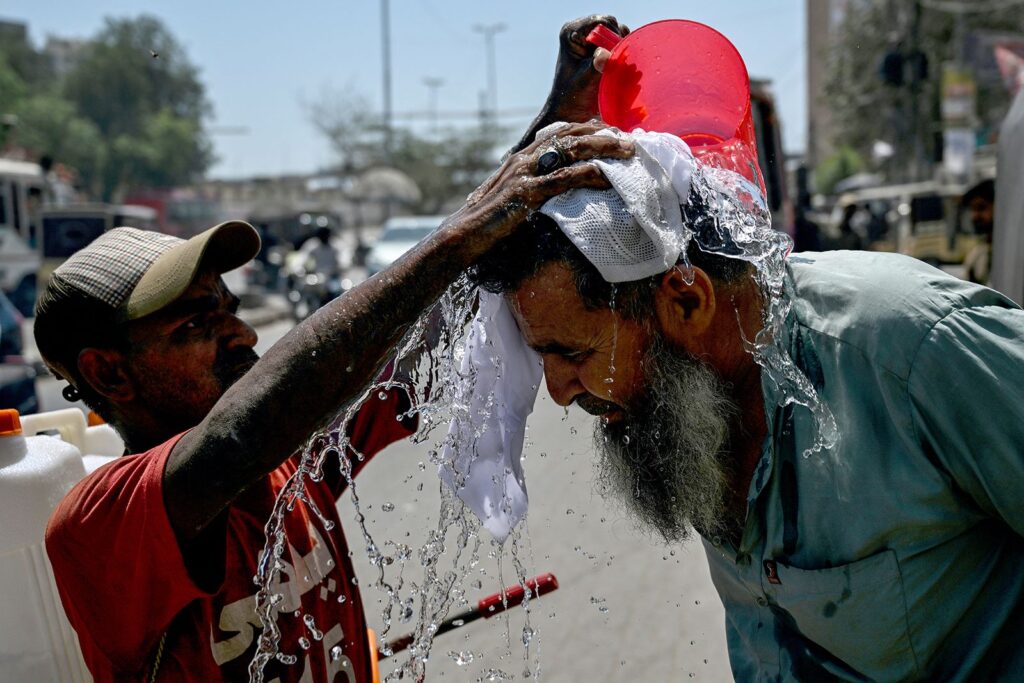
Introduction
A severe heat wave continues to affect India and Pakistan, with temperatures reaching up to 46.4°C in Barmer, Rajasthan. The extreme conditions have placed hundreds of millions under thermal stress, leading to health concerns and agricultural disruptions.
Record-Breaking Temperatures
The heat wave began in early April 2025, arriving earlier than the typical May–June summer heat wave season. Barmer, Rajasthan, recorded a peak temperature of 46.4°C on April 8, marking a significant deviation from the average April maximum of around 40°C. New Delhi experienced seven consecutive days exceeding 40°C, while Jaipur surpassed 40°C for five consecutive days. In Pakistan, cities like Jacobabad and Sibi in Sindh province recorded highs of 47°C, the highest temperatures in the Northern Hemisphere on those days.
Health Impacts
The extreme heat has led to a surge in heat-related illnesses. In India, the Indian Meteorological Department issued early warnings about the abnormal heat conditions, particularly affecting the capital region and north-western territories. Agricultural communities in north-western India reported widespread disruptions to farming activities and increasing cases of heat illnesses. Fieldworkers described symptoms including dehydration, nausea, and dizziness when attempting outdoor labour during peak temperature periods.
Agricultural Disruptions
The heat wave has significantly impacted agriculture in both countries. In India, particularly in Punjab, wheat yields have been reduced by up to 25% due to the heat stress during the critical growth period. Similarly, in Pakistan, farmers have reported accelerated crop development followed by reduced yields as plants struggled to cope with thermal stress and water scarcity during critical growth stages.
Power and Water Strains
The soaring temperatures have led to increased demand for electricity, straining power generation and distribution networks. Extended power outages have been reported in multiple regions, causing further thermal stress to affected populations. In Pakistan, extended power outages lasting up to sixteen hours daily exacerbated challenges against living conditions for many residents, eliminating access to cooling systems during critical high-temperature periods.
Climate Change Attribution
A rapid attribution study by climate scientists found that extreme heat in India and Pakistan was made 30 times more likely due to climate change. The study highlighted that the heat was prolonged and widespread, coupled with below-average rainfall, impacting hundreds of millions of people in one of the most densely populated parts of the world. The national meteorological and hydrological departments in both countries have been working closely with health and disaster management agencies to save lives, in line with the World Meteorological Organization’s drive to strengthen early warnings and early action.
Conclusion
The ongoing heat wave in India and Pakistan underscores the escalating challenges posed by climate change. With temperatures reaching unprecedented levels, the region faces significant health risks and agricultural setbacks. As climate change continues to influence weather patterns, it is imperative for both nations to enhance preparedness and resilience to mitigate the impacts of such extreme events.









































Leave a Reply